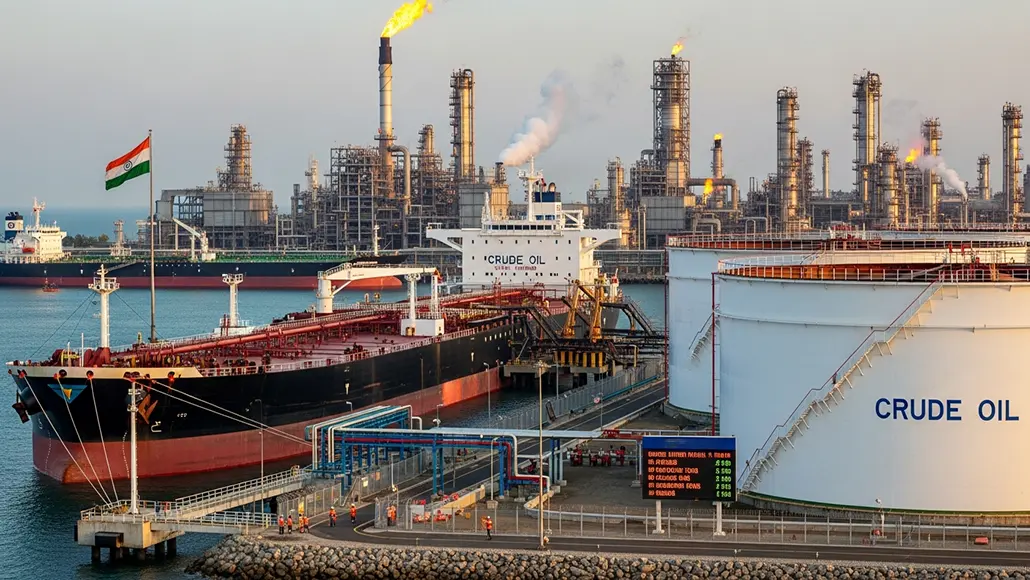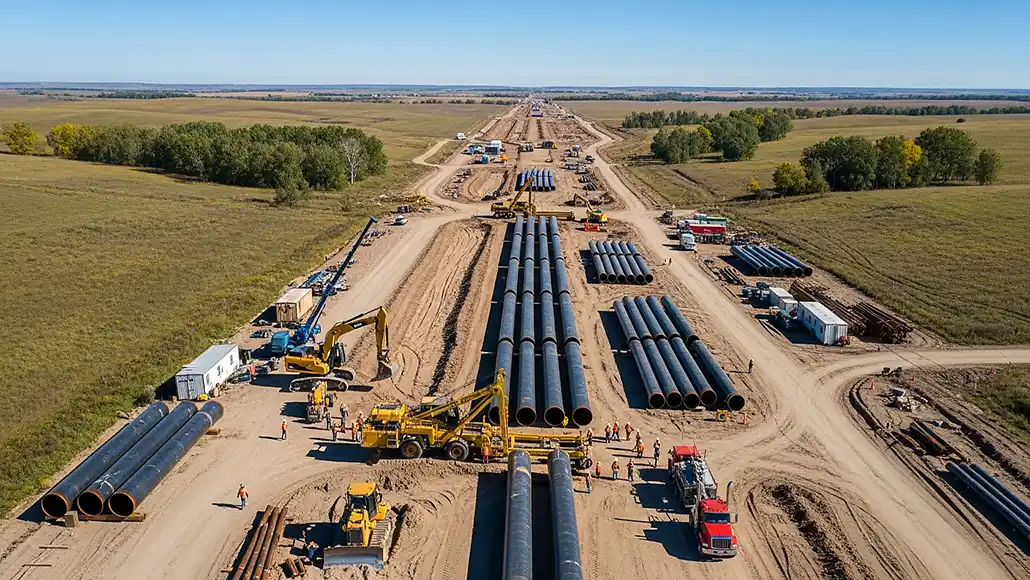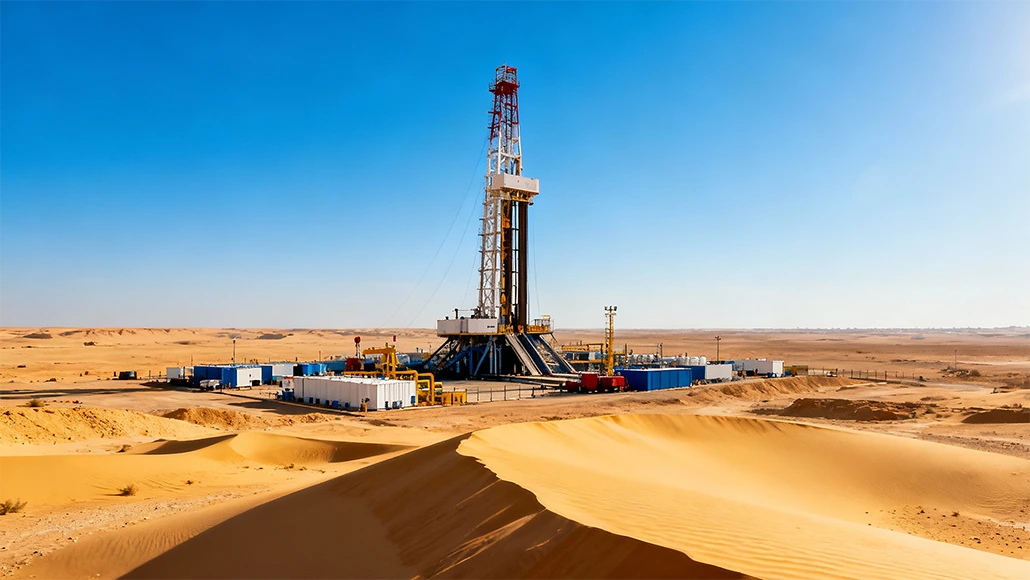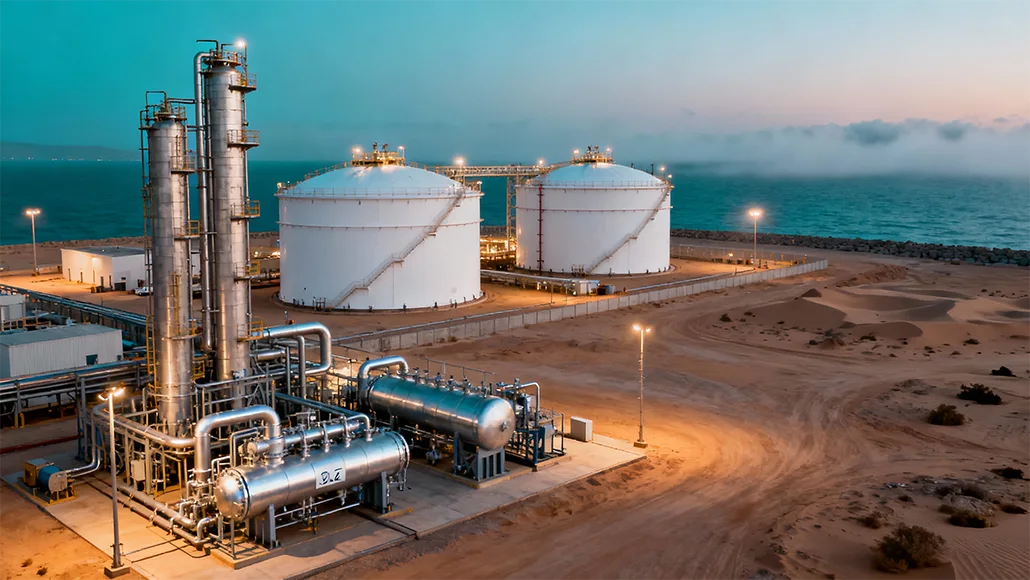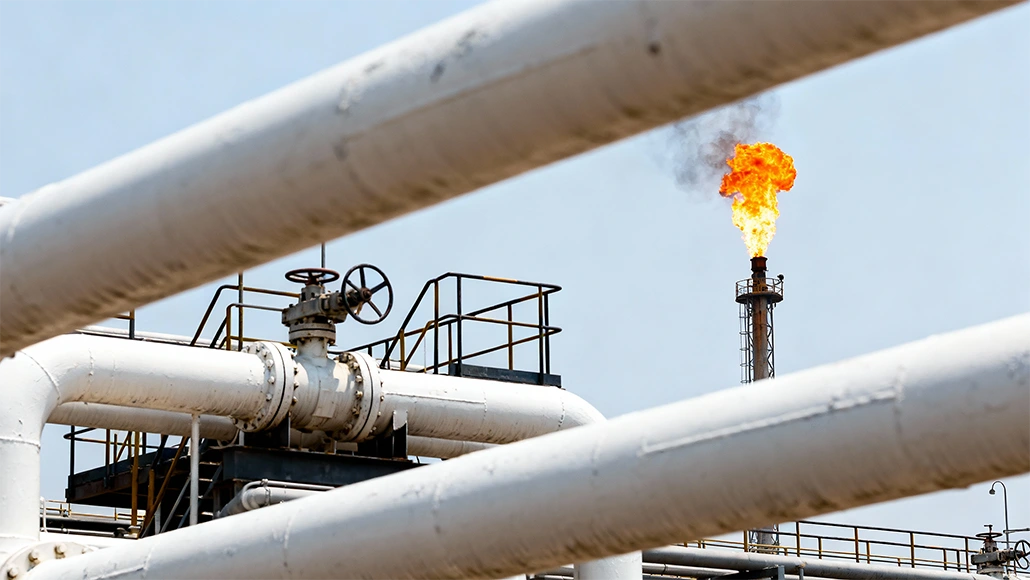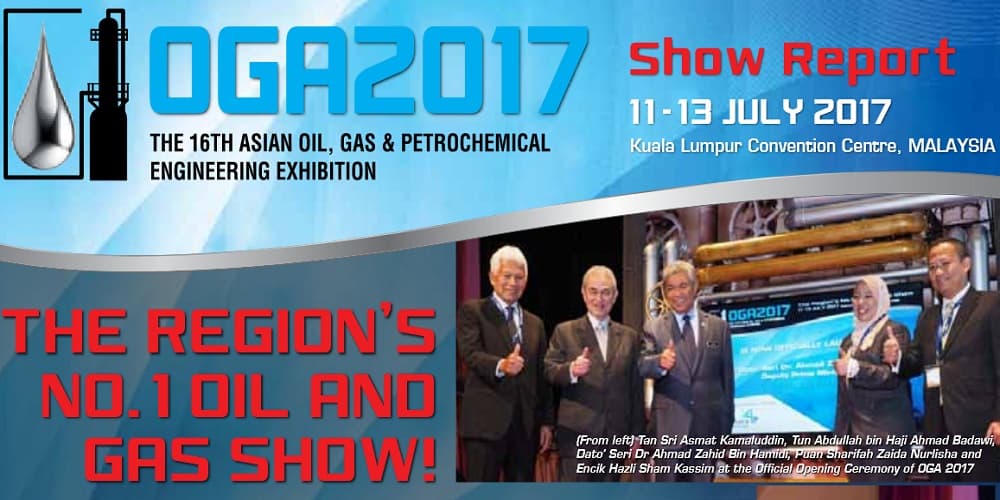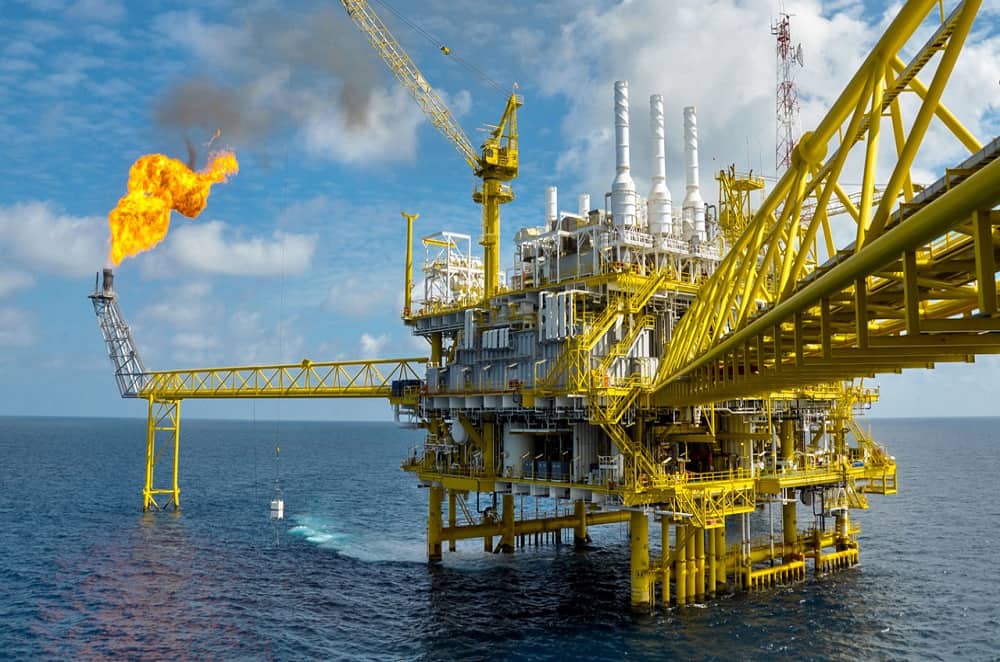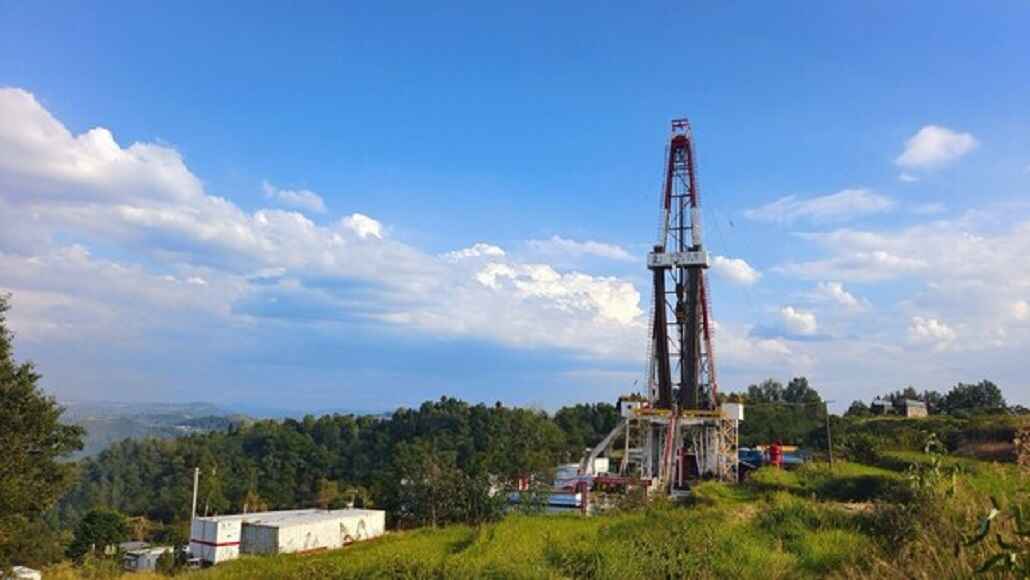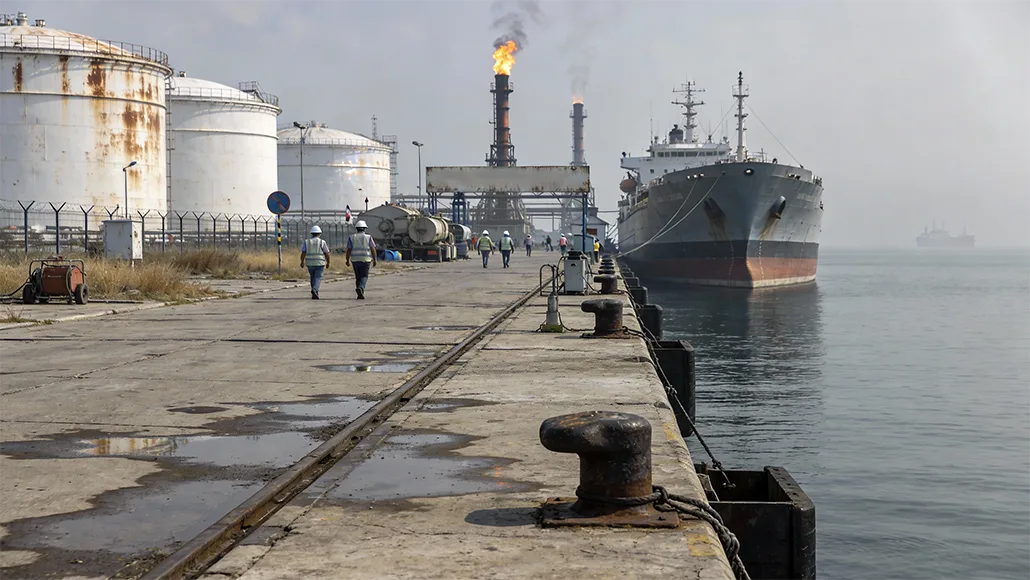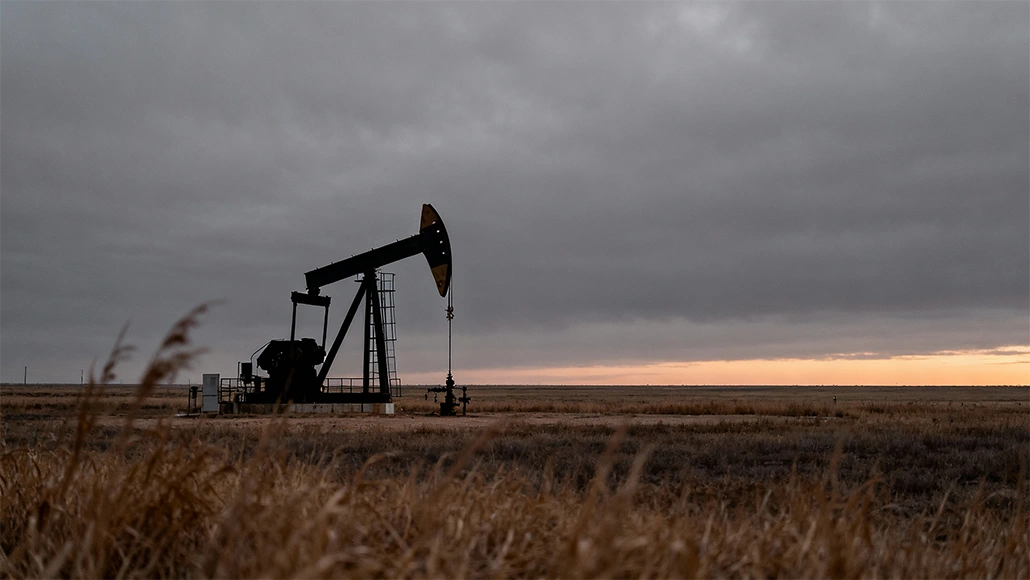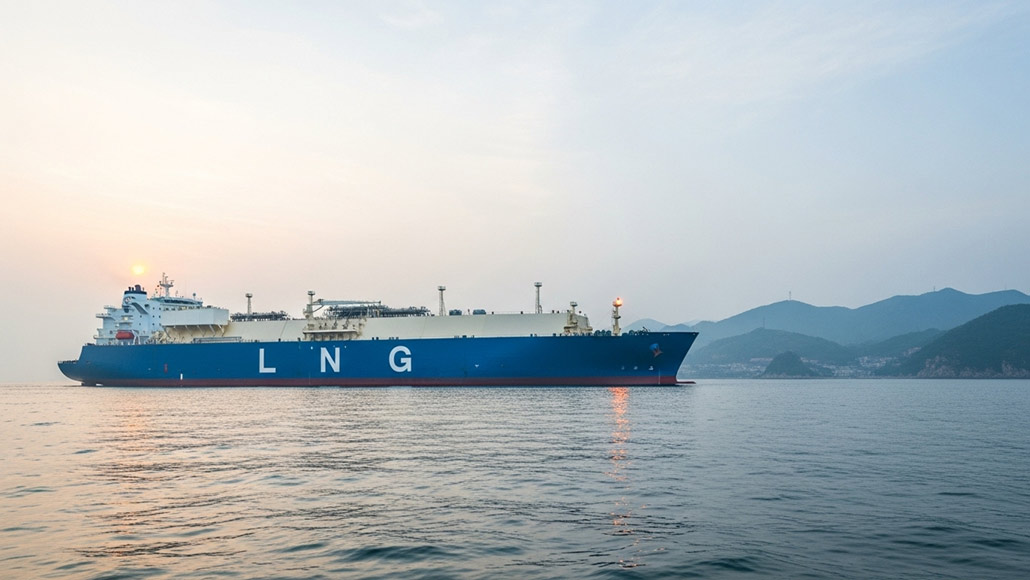In the latest news coming in, one of the gas carriers in service of the sanctioned Arctic LNG 2 project of Russia has docked at a Chinese import terminal for the very first time, thereby ending over a year of uncertainty when it comes to the most ambitious energy ventures of Moscow.
It is well to be noted that the 79,800-cbm Russian-flagged Arctic Mulan moored up at the Beihai LNG terminal located in the Guangxi province in the southern part of China just before 5am UTC on August 28, 2025.
This delivery, which is carried by a vessel from Russia’s shadow fleet, goes on to suggest a potential transition in the willingness of Beijing to accept the sanctioned Russian gas. It could also go on to be a signal of softening of position of Washington when it comes to the Russian energy projects. Interestingly, the U.S. officials have already gone on to discuss the issues pertaining to investments within the Russian energy projects along with the probable sanction easing.
Notably, the Arctic LNG 2 project, which is located on the Gydan Peninsula based in northwest Siberia, happens to be majority-owned by Russia’s largest private natural gas producer, Novatek. This $21 billion venture was designed in order to supply almost 19.8 million tonnes of LNG per year once completely functional, hence strengthening the role that Russia happens to play as a major global gas exporter. However, ever since the U.S. sanctions were imposed on the project in 2023, Arctic LNG 2 has gone on to struggle to place the cargoes abroad.
As per the shipping data, the facility has gone on to produce and also load 13 cargoes ever since August 2024, with the 14th one at present loading. But the tankers carrying those volumes have gone on to idle off Russian ports or meander through the international waters for months without even getting offloaded. It is well to be noted that until now, none of the shipments have been accepted at any overseas terminal, therefore underscoring the Western restrictions’ chilling effect.
All this has begun to see a change since August 15, as the Alaska Putin-Trump summit went ahead, with many loaded LNG carriers going ahead with their journeys to Asia almost all at once. Interestingly, the docking of Arctic Mulan happens to mark the first Arctic LNG 2 gas delivery to China, which happens to be one of the largest importers of LNG in the world.
This move can have quite prominent implications when it comes to the global gas trade as well as the enforcement of sanctions. For over a year, Beijing has gone on to appear pretty reluctant to take Arctic LNG 2 cargoes, as it was in a way wary of exposing its own energy companies as well as financial institutions to the secondary sanctions by the U.S. Notably, China has continued to buy massive quantities of Russian pipeline gas as well as non-sanctioned LNG; however, until now it had very well been away from the Arctic LNG 2’s output.
This decision could as well reflect the growing confidence of China and also its ability to shield its domestic companies from the U.S. penalties, or even, for that matter, a judgment that the economic as well as strategic value of Russian LNG happens to outweigh the risks that are involved.
There are analysts who say that the acceptance of this cargo may as well go ahead and signal a calculated policy alteration by China. Through taking sanctioned LNG, China goes on to demonstrate its preparedness to support Russian energy exports in a more open way.
When it comes to Moscow, this breakthrough is indeed a lifeline. With European markets also shut and the traditional buyers pretty hesitant, finding the outlets for the output of Arctic LNG 2 has been critical. These regular deliveries to China, if they take place, would certainly help Russia monetize the project and at the same time keep its production up and running, even if it is at reduced levels.
All this also sets the narrative of the deep Russia-China ties on the energy axis, as Beijing has popped up as an indispensable purchaser when it comes to hydrocarbons produced by Russia that are already under sanctions.
However, there are still questions that remain. It is a bit unclear if all of this goes on to represent just a one-off purchase or the start of Chinese imports of Arctic LNG 2 cargoes in a continuous way. Notably, almost a million tons of sanctioned LNG still remain afloat on a dozen vessels as well as storage barges. All these would indeed depend upon the appetite of Beijing so as to confront Washington and also on the ability of the shadow fleet to deliver gas in a reliable way, specifically during the icy winter months in the Arctic. As of now, the docking of a sanctioned LNG carrier in China can be seen as a milestone for Russia, with the first Arctic LNG 2 gas delivery.





